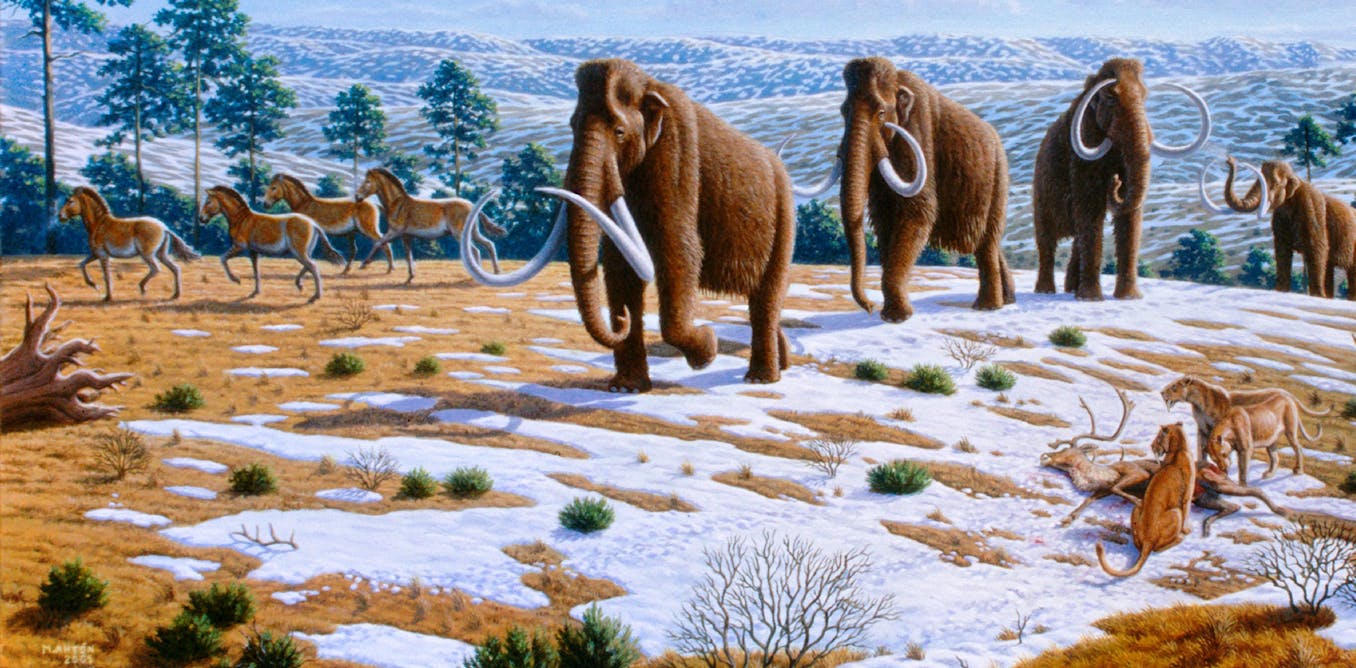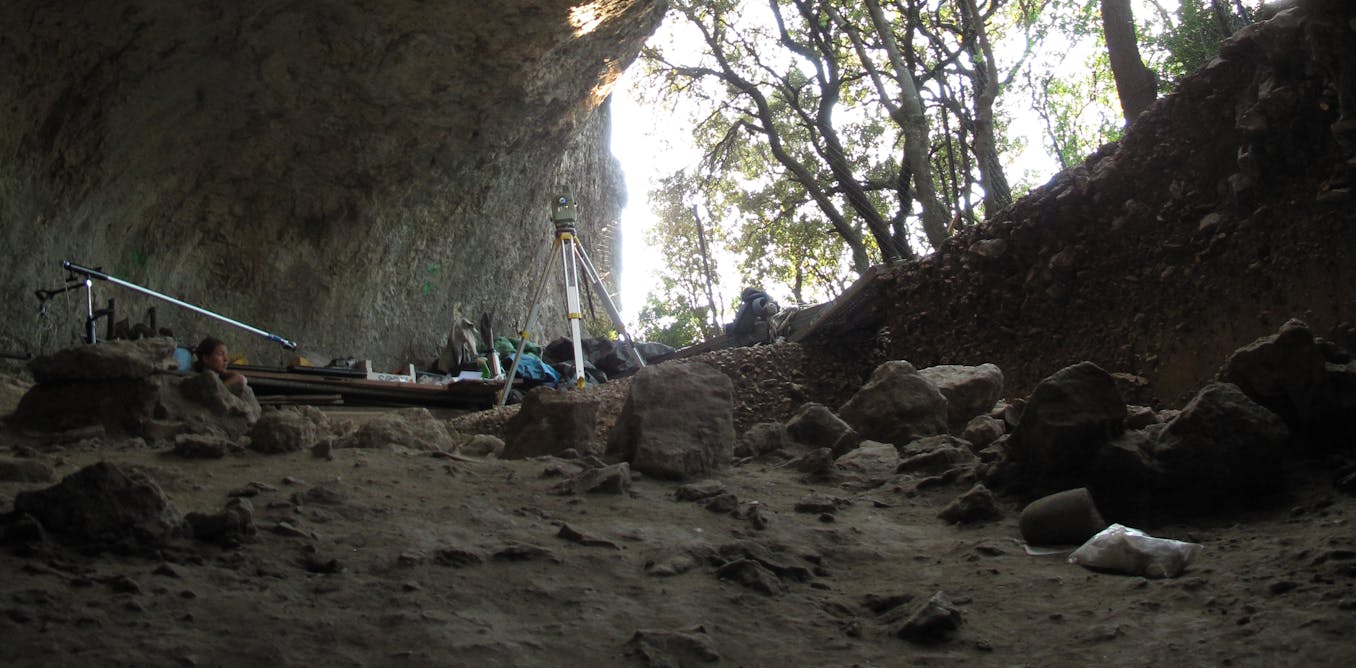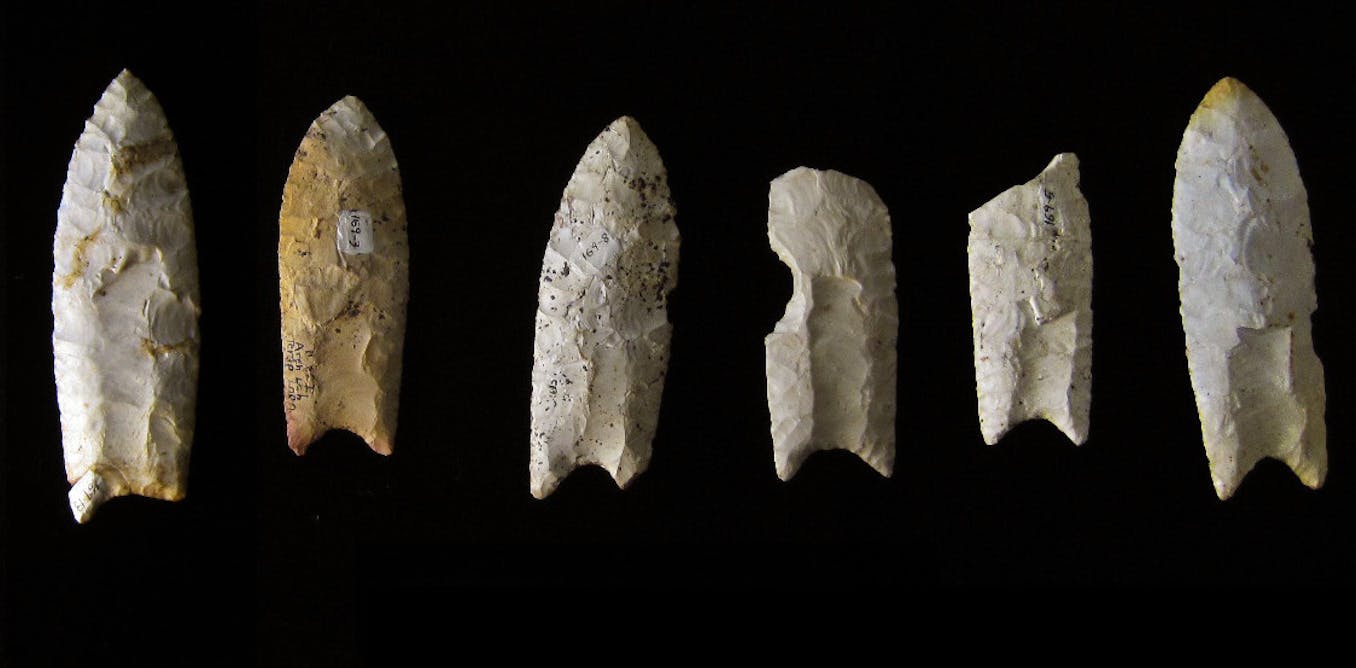Was it a stone tool or just a rock? An archaeologist explains how scientists can tell the difference
With a little guidance and a lot of practice, even you can make stone tools the way our oldest ancestors did – and learn to recognize the signs of a deliberately made tool.
May 7, 2025 • ~10 min








